The "Dancing Baby," also known as the "Oogachaka Baby," is one of the earliest and most iconic internet phenomena. If you were online in the late 90s, you probably remember this peculiar little CGI baby shimmying to the tune of "Hooked on a Feeling" by Blue Swede. It was weird, mesmerizing, and a little unsettling—a perfect recipe for early internet fame.
The Birth of the Dancing Baby
The Dancing Baby was born in 1996, long before memes and viral videos were a staple of the internet. The original animation was created by Michael Girard and Robert Lurye, who were working at a company called Kinetix, a subsidiary of Autodesk. They used a software called Character Studio, which was an add-on for Autodesk's 3D Studio Max, to create a basic 3D model of a baby performing a bizarre, almost robotic dance. The animation was intended as a demo to showcase the capabilities of their software, particularly its motion-capture features.
What they didn’t anticipate was that this 3D animation would escape the confines of tech demos and become a cultural sensation.
The Oogachaka Remix
While the original Dancing Baby was impressive as a technical demonstration, it didn’t truly take off until it was paired with Blue Swede’s cover of “Hooked on a Feeling,” a song made famous by its distinctive “Oogachaka” chant. The audio remix, which combined the surreal baby dance with the catchy tune, was created by an anonymous internet user and quickly spread via email and early web pages.
At the time, the internet was still a relatively new frontier, and things like high-speed connections and YouTube didn’t exist. Instead, the Dancing Baby spread through chain emails, forwarded endlessly by users who were fascinated or just plain weirded out by the animation. Office workers, in particular, became a key demographic, sharing the clip during work breaks and turning it into a sort of digital inside joke.
Pop Culture Phenomenon
By 1997, the Dancing Baby had gone mainstream. It made its way onto television, most famously appearing in the hit TV show Ally McBeal. The show, which was known for its quirky, surreal humor, featured the Dancing Baby as a recurring hallucination seen by the main character, Ally, representing her ticking biological clock. This exposure brought the Dancing Baby out of the niche corners of the internet and into the living rooms of millions, solidifying its status as a pop culture icon.
The Dancing Baby also appeared in commercials, parodies, and other TV shows, further cementing its place in the late-90s zeitgeist. It became one of the earliest examples of how a digital creation could cross over into mainstream media, paving the way for future viral sensations.
The Legacy of the Dancing Baby
Looking back, the Dancing Baby is a perfect encapsulation of the early internet: strange, novel, and a bit crude by today’s standards, but undeniably captivating. It was one of the first times that something created purely for digital spaces went viral, spreading not just across the internet but into the broader culture as well.
The animation also marked the beginning of what we now understand as viral content—media that spreads rapidly through social sharing, gaining momentum as it goes. It predated platforms like YouTube, TikTok, and Twitter, but its influence can be seen in the way content is shared and consumed today.
In a way, the Dancing Baby is a digital ancestor to all the memes, GIFs, and viral videos that have since taken over our screens. It’s a reminder of how even the simplest, most unexpected things can capture the imagination of millions and become a lasting part of internet history.
So, if you ever find yourself humming "Oogachaka" while browsing online, just remember—you’re tapping into one of the earliest, and most memorable, chapters of the internet’s wild and wonderful history.

